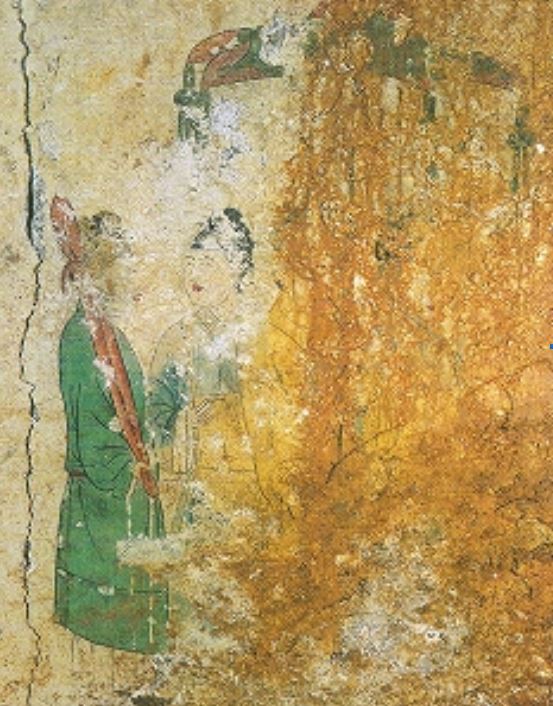Blog News about Japan 未分類
Japan’s Graffiti-resistant Paint Treatment
Graffiti-resistant Paint Treatment
In order to eliminate unsightly graffiti on the walls of supports beneath train tracks, East Japan Railway Co. has begun utilizing a “special coating” material on the walls. While applying it entails costs, not only does it make it difficult for spray paint to adhere, but its sheen has the effect of brightening up the area. “By helping to prevent crime, it’s killing two birds with one stone,” the railway claims. Spray paint can also be easily removed with a special solvent, making cleanup easy.
Blog News about Japan 未分類
What is Shinto and Shitoism?
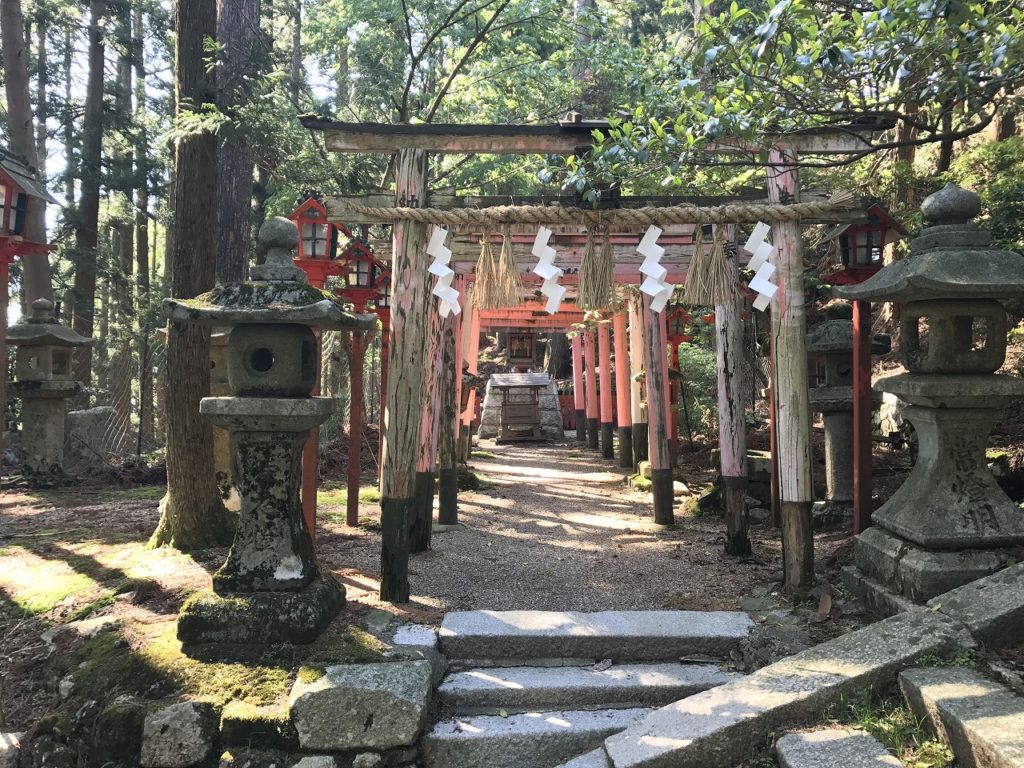
People from abroad often ask me, “What is Japan’s original religion?” I answer Shinto, which means the “way of the gods.” From ancient times, the Japanese have lived worshipping multiple gods. The sacred buildings where these gods dwell are called jinja or shrines.
Torii at Meiji Jingu, Shinto shrine
At the entrance of the shrine is a torii or archway. The torii is the gateway to the shrine as well as a symbol that clearly separates the outside and the inside of the shrine. Outside the torii is the place where human beings dwell (general secular world) and inside the torii is the sacred place where the gods dwell. Buddhism reached Japan in the 5th century, after traveling from India through China and Korea. The Japanese at that time built temples to worship the Buddha as a god. You can see the sculptures of the Buddha at the temples, but at shrines there are no such physical forms of gods. From long ago, the Japanese had worshipped unseen gods imagining them existing as powerful forces. Presently, there are about 80,000 shrines throughout Japan. I’ll introduce a brief history and types of these shrines here. To the ancient Japanese, growing rice was an important aspect of their lives. From planting of the rice shoots to harvesting, the people were grateful for the abundance of sunshine and rain, worshipped them as gods, and prayed to them. This is why Japanese Shinto is said to be a religion that worships nature. Shinto has worshipped mountains, rivers, ocean, trees, sky and even the universe itself as gods, and prayed to them. These practices became Japanese events which still continue to be held as festivals. Even today, at the Imperial Palace, the Emperor prays for an abundant harvest for the year (Kinensai or prayer festival held every February) and celebrates the year’s harvest (Niinamesai or harvest festival held every November). These events have continued to this day as important ceremonies entrusted only to the Emperor by his ancestor Amaterasu-omikami (the Sun Goddess). These are both annual events as well as ceremonies for gods. On the same days as these ceremonies at the Imperial Palace, festivals are held at shrines throughout Japan to pray for an abundant harvest of rice and other crops for the year or to celebrate the year’s harvest. It is said that Shinto began around 2600 BC during the period when rice cultivation started and people prayed for the blessings of heaven, earth and nature. When tracing the history of shrines, there were no such shrine buildings as those we see today in ancient times. Shrines started when Shinto priests or priestesses began calling gods onto large sakaki trees (large evergreen trees like laurels), natural stones or rocks.
Omiwa Jinja © JNTO
The Omiwa Jinja in Nara Prefecture believed that a god was dwelling on Mt. Miwa and thus worshiped the mountain as goshintai or an object that contains the spirit of the god. Of the gods of Japan, Amaterasuomikami is at the highest position. That is, Amaterasu-omikami, the goddess of the sun, tops all other gods in Shinto. The Japanese Emperor is said to be a far-distant but direct descendent of Amaterasu-omikami. Japan’s oldest chronicle the Kojiki (Record of Ancient Matters) records the history of shrines. Ordering a search for a holy site to enshrine the mirror that represented Amaterasuomikami, the 10th Emperor Sujin entrusted the mirror to his daughter Toyosukiiribime-no-mikoto. Later, the 11th Emperor Suinin’s daughter Yamatohime-nomikoto carried on the order and continued the search, finally reaching the holy site of present day Ise, Mie Prefecture.
Amaterasu-omikami (center)
According to the words of Amaterasu-omikami who was pleased with the site, the mirror was enshrined in a building at Naikuu, the Inner Shrine. In addition, Toyoukenoomikami was enshrined in a building at Gekuu, the Outer Shrine as the god in charge of the food, clothing and shelter for Amaterasu-omikami. This is the history of the Ise Jingu, which is also the top shrine (building) in Japan. Later, Ninigi-no-mikoto, a grandson of Amaterasu-omikami, descended from Heaven. Okuninushi-no-kami who had been presiding over the country handed the country over to Ninigino-mikoto at that time. In exchange, Okuninushi-no-mikoto demanded the largest shrine in the country. Because of this, it is said the Izumo Taisha shrine in Shimane Prefecture was built. In this way, the shrine buildings gradually developed.
Types of Shrines
In ancient times, the local ruling families that supported the emperor worshiped the shrines to which they were connected as their guardian gods from generation to generation. Representative shrines which famous families worshiped as their guardian gods include the Kasuga Taisha in Nara Prefecture for the Fujiwara family, Tsurugaoka Hachimangu shrine (A) in Kanagawa Prefecture for the Minamoto family, and Itukushima Shrine (B) in Hiroshima Prefecture for the Taira family. Moreover, Shinto shrines branch out from the main shrine to branch shrines by god type.
Tsurugaoka Hachimangu © JNTO
For example, the main shrine that enshrines Susanoono-mikoto is the Hikawa Shrine in Saitama Prefecture and its branch shrines across the country exceed 200. The Suwa Taisha in Nagano Prefecture worshiped as the god of prowess has 5,590 branch shrines all over the country.
Itukushima Shrine © JNTO
The Kumano Hongu Taisha in Wakayama Prefecture revered as a sacred and holy site has 3,000 branch shrines throughout the country. The Usa Hachimangu shrine in Oita Prefecture venerated by the samurai (warrior) class has 24,000 branch shrines. The Kotohira shrine in Shikoku island worshipped as the god of sailing has 700 branch shrines throughout the country. The Inari Shrine dedicated to Ukanomitama-no-kami, the god of grain, is familiarly called Oinari-san and worshiped. Its main shrine is the Fushimi Inari Taisha (C) in Kyoto, and there are more than 32,000 branch shrines across Japan.
Fushimi Inari Taisha
In recent years, the Inari Shrine is worshiped not onlyas the god of grain but also as the god of farming and the god of commerce and industry.
Blog News about Japan 未分類
Rail Fans’ Paradise, Yokohama, Japan
Rail Fans’ Paradise, Yokohama, Japan
Yokohama, the terminal of Japan’s earliest railway line, is now home to one of the world’s largest rail georamas, measuring approximately 310 square meters. In addition to the georamas, the Hara Model Railway Museum (operated by Mitsui Fudosan Co., Ltd.), which opened on July 10, features some 6,000 railway cars from the collection of Nobutaro Hara, a world-renowned collector of model trains. The trains boast authentic details, including self-propelled models (which run on their own power, without electricity, once they reach a certain speed) and models that, like real trains, run with electricity supplied via the electric wires, not through the rail track which is more common for miniatures.
Japan’s first railway, from Shimbashi station in Tokyo to Yokohama, 29 kilometers to the southwest, began running in 1872, 140 years ago. Presently, according to data from the Ministry of Land, Infrastructure, Transport and Tourism, railways in Japan extend to over 27,000 kilometers, and represent one of the most important forms of transport in the country.
Foreign visitors regularly praise Japan’s railways for their meticulous operation, an attribute that can be found in the Hara Museum’s georamas as well.
Hara Model Railway Museum
Blog News about Japan 未分類
Japanese Calligraphy Girls

While the number of practitioners of the traditional art of brush calligraphy is in decline, high school clubs that practice the art have been enjoying popularity. From 2007 to 2008, a popular manga series titled “Tomehane! Suzuri Koko Shodobu” attracted many readers, and in 2010 a film called “Shodo Girls: Watashitachi no Koshien” became a hit. This year, a national high school competition for calligraphy called International High School Shodo Exhibition attracted more than 16,000 entries. Some of the really strong schools’ clubs have as many as 50 members. Behind the reason for the popularity are that the “calligraphy performances,” at which teams, writing out large characters to musical accompaniment is so much fun.
Blog News about Japan 未分類
Jinrikisha
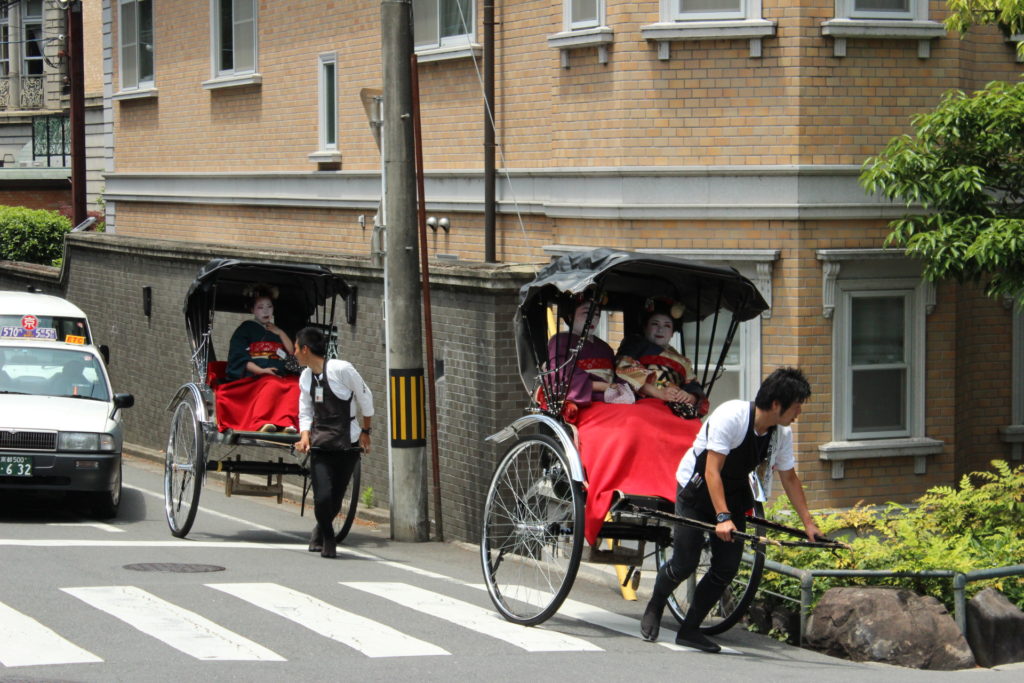
In olden times, the jinrikisha was people’s main form of urban transportation. Now the few that remain are mostly used for sightseeing purposes. As passengers are seated at a high position, they enjoy a good view as they ride along, and they can also enjoy a comfortable breeze. Another secret of their appeal is that while en route, the puller will serve as your guide. The general fare for a 30-minute ride is 5,000 yen for one passenger and 8,000 yen for two. They can often be found in quaint urban neighborhoods, and the pullers of some are also able to speak foreign languages. The accompanying photo, shot in Kyoto’s Higashiyama district, shows two jinrikisha, carrying tourists decked out in a geisha attire. Following just behind is a modern-day taxi. Which is older?
Blog News about Japan 未分類
What is Furin or Fuurin?

Furin are Japanese wind chimes, which are customarily hung out during summer. They were once traditionally crafted from metal or glass, but nowadays ceramics, wood, charcoal, crystal or other substances are also utilized. Typically a furin includes a tanzaku, a piece of elongated paper which catches the wind and flutters to generate sounds, like the clapper in a bell. The tinkling sounds have a relaxing and refreshing effect on listeners during Japan’s hot and humid summers.
Blog News about Japan 未分類
What is Tengu?

Watch out for Tengu!
Tengu are one of the best known types of goblins in Japan, recognizable by their fearsome expression and protuberant noses. They are said to have supernatural powers, possessing both aspects of good and evil. Mt. Takao, less than one hour by train from central Tokyo, offers a superb view that was awarded 3 stars in the Michelin Green Guidebook. Each weekend young and old, families and others visit the area, with visitors totalling about 2.6 million per year. According to old legends, Tengu used to inhabit remote parts of the mountain. Perhaps they still do. But this “Watch out for Tengu!” warning sign seems to have been posted as a joke.
Blog News about Japan 未分類
What is Hokkaido in Japan all about?

Explore Japan’s Extreme North! Hokkaido!
Japan’s northern wilderness of Hokkaido offers a stark contrast to the tightly packed skyscrapers of Tokyo and narrow lanes of Kyoto. This northern territory is renowned for its wide open spaces, breathtaking landscapes, tasty food, and abundance of natural hot springs, just to name a few. With subzero temperatures and heavy snowfall in winter, Hokkaido is an absolute paradise for skiers and snowboarders, but despite this image as a winter wonderland, its cool climate allows Hokkaido to remain refreshingly mild even during the sweltering summer months when other parts of Japan resemble a sauna. This makes it the perfect summer getaway for those looking to escape the heat or break away from the typical beach bum holiday. To get you started, here are some of the most popular spots and our recommendations around this spacious island.
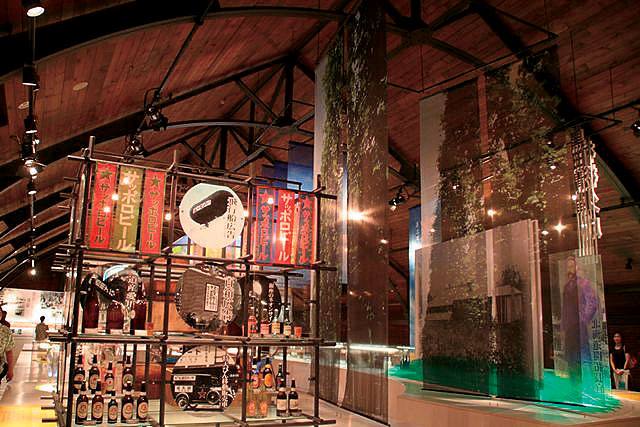
Sapporo
The most populous city in Hokkaido and just half an hour from New Chitose Airport, Sapporo is a common starting point for many a traveler’s journey north. Sightseeing offerings around Sapporo include a number of museums and parks, such as the famous Odori Park where the Sapporo Snow Festival is held each year. Fans of two of the city’s most famous exports will not be disappointed; the Sapporo Beer Factory is a fun stop, and tasty ramen shops abound.

As one of Japan’s first cities opened to international trade, this historical city is known for its foreign-influenced architecture, like the star-shaped fort of Goryokaku, the Motomachi residential district, and the bayside red brick warehouses. Hakodate is also known for its sparkling night view, which is best enjoyed from Mt. Hakodate. With a reputation for excellent seafood and many hotels offering natural hot springs from local Yunokawa Onsen, Hakodate is a favorite among travelers to Hokkaido.

Otaru
This small port town is home to a number of historical buildings, beautifully preserved since Hokkaido’s colonial period when it served as a major trading hub and railroad terminus. The scenic canal, which is especially atmospheric in the evening when it is lit by lines of old gas lamps, is particularly popular. The sushi here is famously delicious — said by some to be the best in Japan — and those with a sweet tooth will be delighted by Otaru’s numerous confections.

Furano
Located in central Hokkaido and blessed with very heavy snowfall in winter, Furano has been growing in popularity as skiers and snowboarders both domestic and foreign discover the area’s top quality powder. However, summer in Furano is not to be missed either with its picturesque rolling hills, fields of vibrant flowers, and idyllic farmlands. Visitors during the summer months should not pass up the fields of lavender, and the farms and vineyards offer opportunities to sample the local produce.
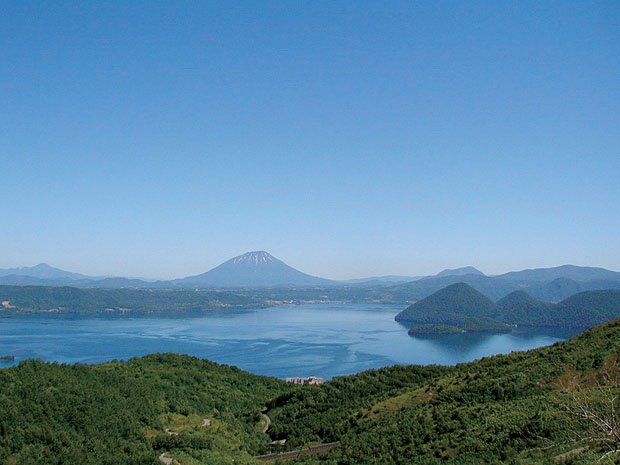
Shikotsu-Toya National Park
One of Hokkaido’s numerous, breathtaking national parks, Shikotsu-Toya is home to the pristine caldera lakes of Toya and Shikotsu, volcanically volatile Mt. Usu, and the famous hot spring resort of Noboribetsu which features some nine different types of geothermal delights. The dramatic landscapes and soothing hot springs of the area will relax both mind and body, and those in search of a bit more stimulation can take advantage of the array of walking and hiking trails.
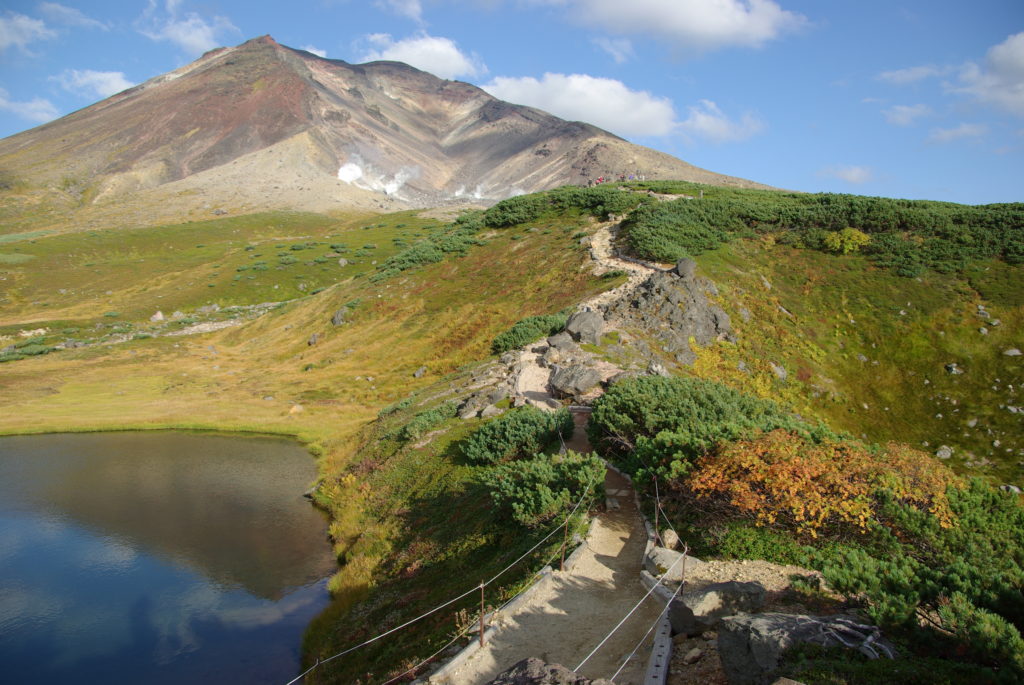
Obihiro
This quiet town in Eastern Hokkaido makes a convenient point of entry to the wildlife paradise of Daisetsuzan National Park, which is home to Mt. Asahi, the tallest peak in Hokkaido at 2,291 meters in height. The neighboring hot spring resort of Tokachigawa Onsen gives visitors the opportunity to enjoy a rare “moor hot spring” which features springs bubbling up from beneath a marsh rich in organic material; this infusions is purported to give these hot springs particularly rejuvenating and beautifying qualities.
Hokkaido Chuo Bus Tours
For those basing their northern vacations out of Sapporo, these full-day excursions using the Chuo Bus to popular destinations including Otaru, Furano, Lake Toya, and Sapporo itself are a great and easy way to get around and see the sights. Better yet, they are very economical and fit nicely into even the tight schedules and budgets.
JR Hokkaido Packages
These discount rail ticket and hotel packages include round-trip, non-reserved seat tickets from New Chitose Airport or Sapporo to Hakodate, Noboribetsu, Toya, Asahikawa, and Kushiro. While one-night stays are included for each package’s destination(s), but the return tickets are valid for a week, allowing you to make it a short trip or extended stay with the freedom to choose your own additional lodgings.
Blog News about Japan 未分類
Japan’s Most Famous Mural paintings
-761x1024.jpg)
“Biggest Discovery in Japanese Archeology Since WWⅡ” and “Can’t Wait To See It” were some of the sensational articles that appeared in the morning papers throughout the country on March 27, 1972. Brilliantly colored wall paintings had been discovered in the Takamatsuzuka Tomb in Asuka village, Nara Prefecture. This year marks the 40th year since this major discovery.
The discovery was also widely reported overseas at that time, sparking the ancient history and archeology boom that has continued to this day. It is said that, during the year of the discovery, from 1.7 to 1.8 million people descended upon Asuka village, which had a population of only 10 thousand people, to see the actual wall paintings for themselves. Even today, most history textbooks and accompanying documents carry color photographs of the wall paintings. In addition, this ancient tomb which was thought to be built around 700 CE was designated as a special historical landmark in 1973 and the full color wall paintings a national treasure in 1974.
<Significance of the Excavation of the Takamatsuzuka Tomb>
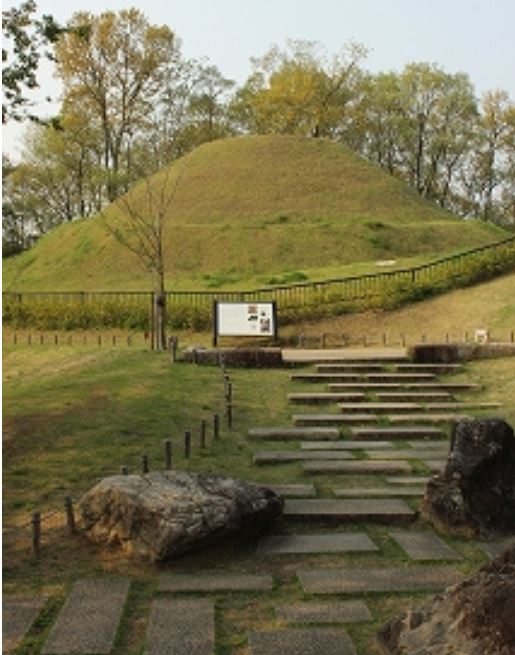
History books had already noted that there was a tomb in this area. However, its full-scale excavation was not started until the 1970s. Excavation of the Takamatsuzuka Tomb has two important significances. One is that the colored wall paintings had been well preserved and still so brilliant as not to be seen anywhere else in Japan. A group of men and the sacred animals such as Genbu (Black Tortoise) and Seiryu (Azure Dragon) were drawn in detail with an exquisite touch. In particular, the elegantly dressed women drawn on the east and west walls of the stone chamber attracted people and became popular as the Asuka Bijin (beautiful women of Asuka). The name came from the Asuka era that lasted for nearly 100 years, during which the capital was located in this area and where the Takamatsuzuka Tomb was built.
The second is that the search begun for the roots of the person buried in this tomb has given rise to a new viewpoint on how Japan was founded in ancient East Asian history, especially in relation with China and the Korean peninsula. The wall paintings and buried items including mirrors and amber accessories cannot be explained without referring to the influence from the Asian continent. Who is buried in the tomb is still unknown, but there are several theories.
<Establishment of a Preservation Foundation>
The Asuka Preservation Foundation was established in April 1971, one year before the discovery. Around 1972 when the wall paintings were discovered, Japan had passed through its period of high economic growth and society had the opportunity and time for investigating the history and culture of Japanese ancestry. During the Asuka era (593 to 694), the era of Empress Suiko up to Empress Jito , Buddhism and other culture brought from the continent in the 6th century were flourishing and many palaces, shrines, temples, Buddhist statues and tombs were built in the Asuka area. Nevertheless, because of its ideal location only 40 minutes away by train from the major city of Osaka, the area was subject to various development projects such as housing land development from around 1965. The situation was that if the development remained untouched, precious national and historical heritage would be lost.
Being worried about this situation, Konosuke Matsushita made an appeal to then Prime Minister Sato which resulted in the cabinet deciding on the Asuka preservation measures in December 1970. The government and private sector came to combine their efforts to protect Asuka, such as by building a government-managed park. The above preservation foundation was established with Konosuke Matsushita being appointed as the first chief director. The foundation has been active ever since, aiming to preserve the historical climate and cultural assets of Asuka, which was once the capital of Japan, as well as to contribute to improving the life of the local people.
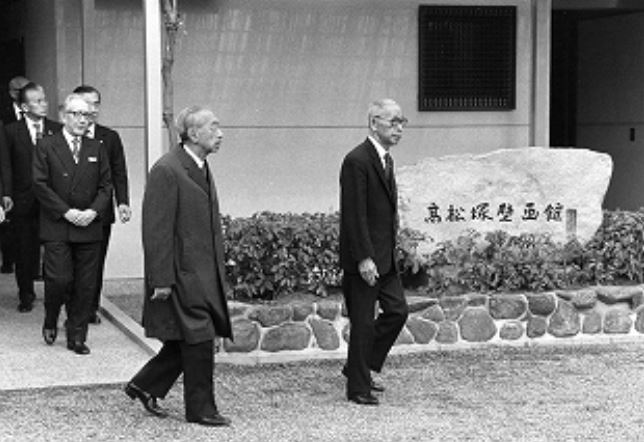
The executive director of the foundation Masaharu Maiduru says, “This area is the birthplace of the Japanese spirit.” The tranquil hilly country with terraced rice fields gives one the feeling of what Japan originally looked like long ago. In 1980, a law was also made to preserve this historical climate, which is called the Asuka Law. There are many laws for protecting certain historical buildings or parts of historic districts, but the Asuka Law is the only law that protects an entire village. According to this law, new buildings must conform to strict regulations. Because the area has not been developed, “you will discover a historical ruin anywhere simply by digging down 50 centimeters to a meter” (executive director’s words). As such, excavation surveys are going on even today in this area.

It is probably a common desire of human beings to preserve historical assets that stir our imaginations and give courage to the relevant area. The archeologist Koichi Mori says, “Archeology is the study of giving courage to an area.” This could be restated as “archeology gives pride and affection to the area where one lives.” The world heritage Prehistoric Rock-Art Site of the Côa Valley along the border between Spain and Portugal was once threatened to be submerged under water by a dam. However, local high school students began a movement that reached the president, which resulted in the rock art being saved. If the area were submerged by the dam, how would young people be able to have pride and affection in such an area?
The Takamatsuzuka Tomb has been entered in the domestic tentative listing for designation as a world heritage site. Although there is not as much enthusiasm as at the time of discovery, nearly 800,000 people, from students on school excursions to tourists both domestic and from abroad, visit this area each year. Masaharu Maiduru advises, “I’d like people to enjoy a walking tour listening to the guide’s explanation and imagining.” Free volunteer guides in Japanese, English and Korean are available (1,000 yen transportation fee). Applications can be made at the Asukakyo Tourism Association
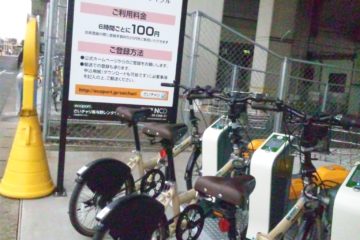



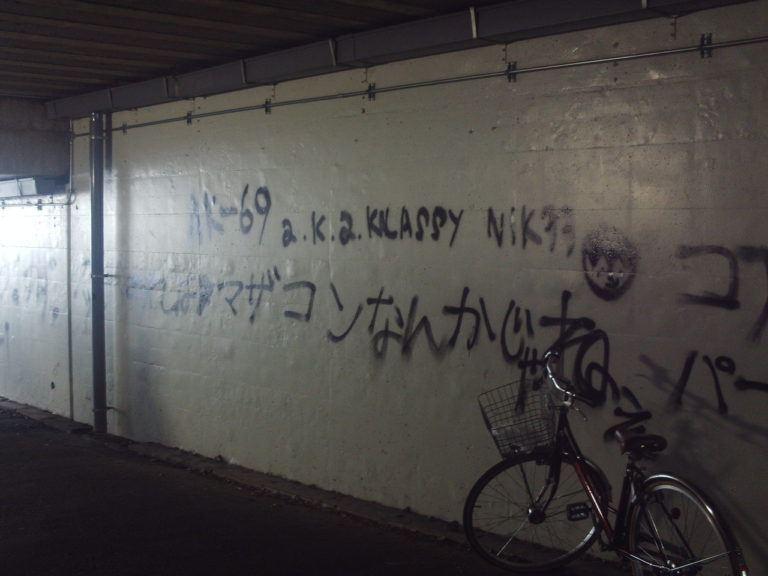
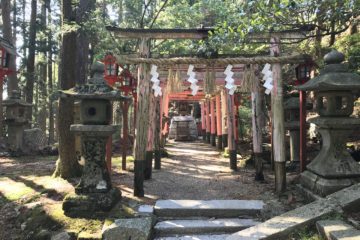

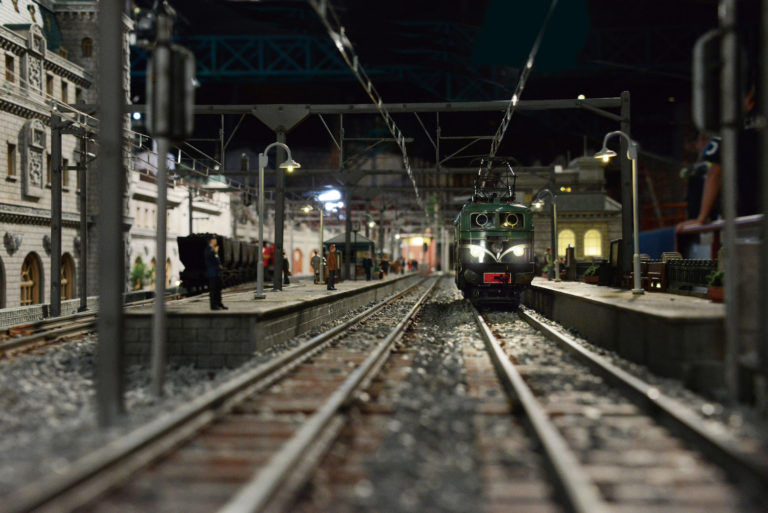
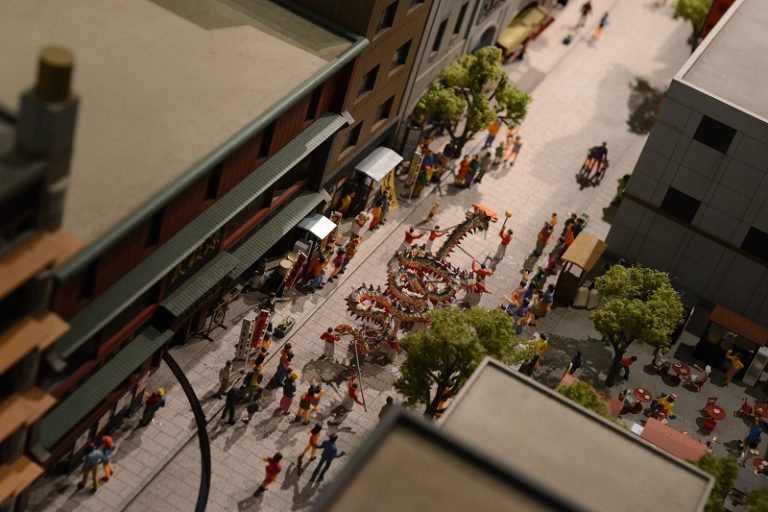
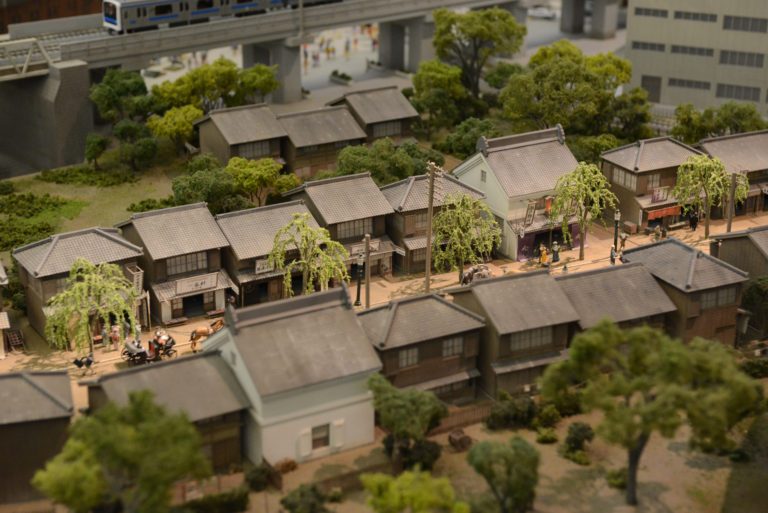
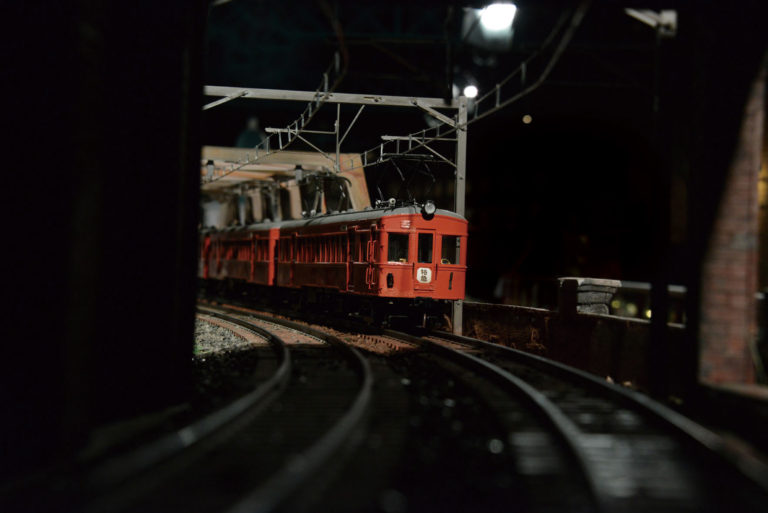


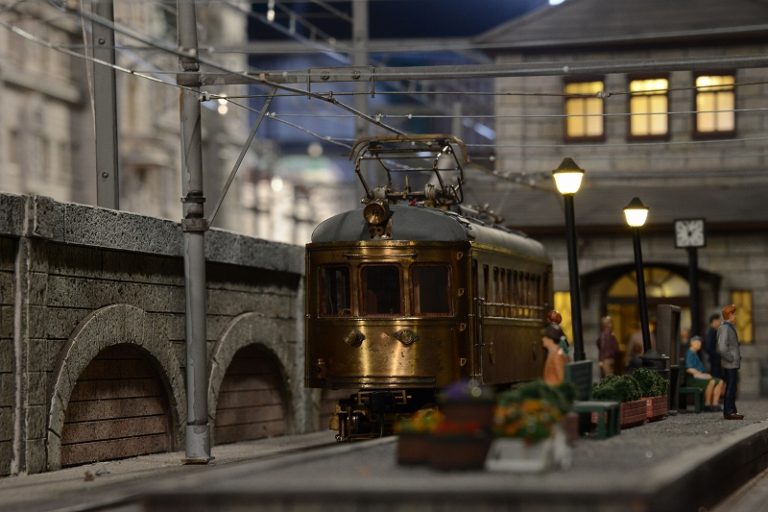
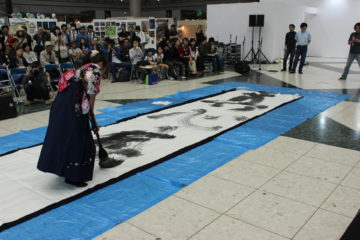

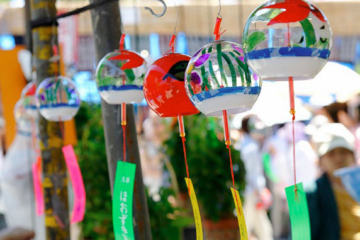

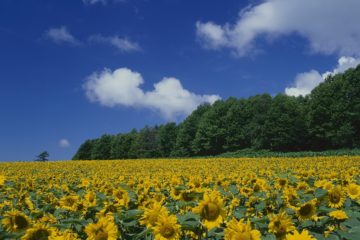
-360x240.jpg)
